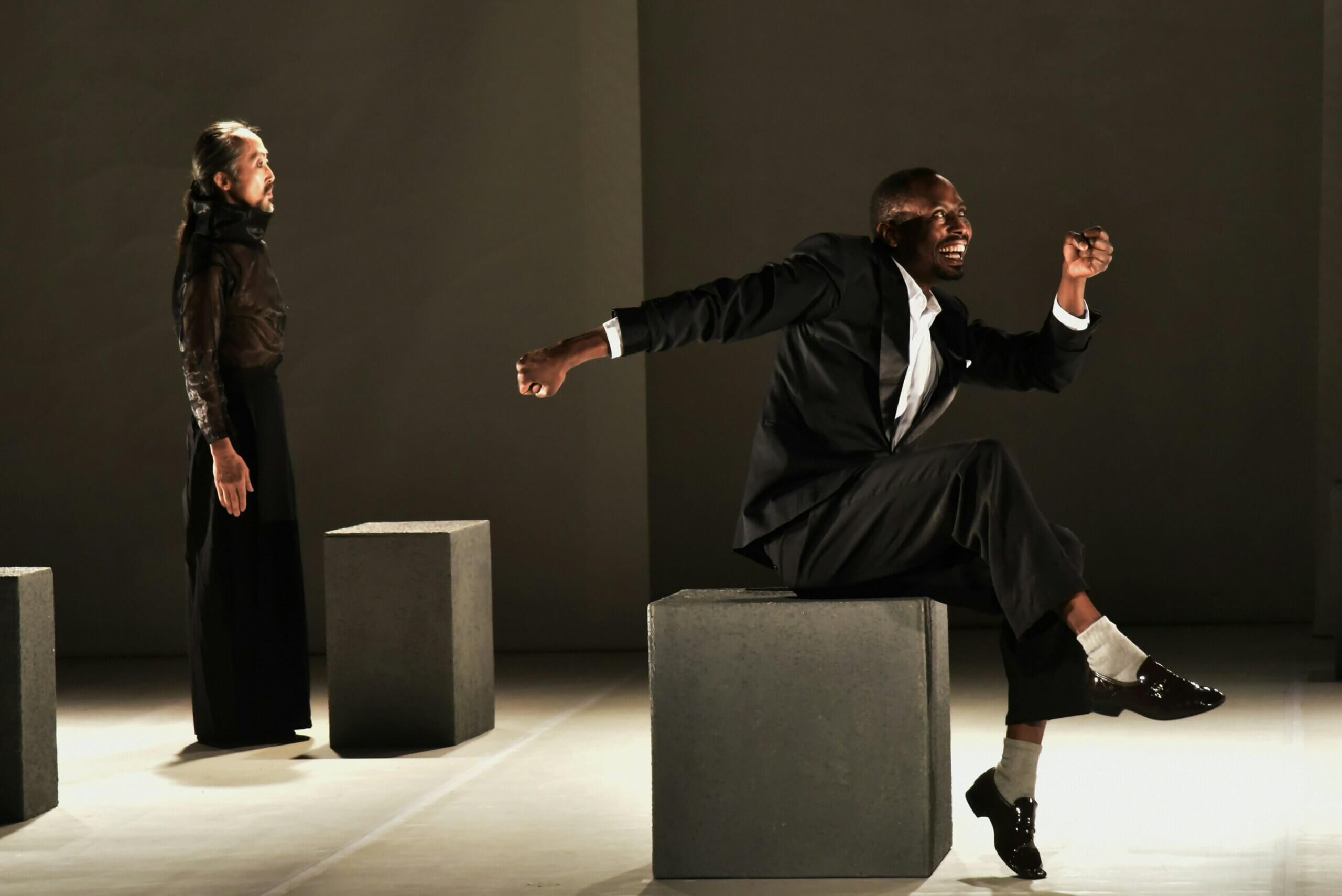To Costume or Not to Costume? What to Wear in Your Self Tapes
So much of being an actor is making decisions that have nothing to do with acting. Self tape auditions are full of production considerations made long before you step in front of the camera. One that never fails to get actors in their heads is what to wear. This will prompt questions such as ‘Should I wear glasses in my self tape? ,’ ‘What color should I wear in a self tape?’ or ‘Can I wear black in a self tape?’
So how best to look both like a professional working actor and also like whatever character you’re auditioning for? To complicate matters, there is loads of conflicting advice when it comes to creating a successful self tape, from “Casting directors want to see the character right away, don’t make them use their imagination,” to “Don’t audition in costume, you’ll look weird and unprofessional.” The answer, of course, lies somewhere in between, but finding that happy medium can be challenging. Here are some guidelines to help get things rolling and help you stand out in self tapes.
What are your practical considerations?
More important than any costuming considerations, you want your self tape to look clean and professional. Any consideration of suggesting a character with clothing should be filtered through your primary concern: Does it look good on camera? Remember that in general, you want to stay away from overly loud and busy patterns, or colors that are tricky on camera, such as red. If your backdrop is blue, you may want to stay away from blue tones that will make you blend in. If you’re wearing layers, make sure you can still see the general build of your body, or perhaps shed a layer for the full body shot. Stay away from wording, labels, logos, etc. Once you’ve got the basics of self tape aesthetics covered, you can start making character choices.
Costuming vs. Suggesting
The main thing to remember is that there is a difference between costuming yourself and suggesting a character. General wisdom holds that for self tapes, the latter is preferred. Basically, imagine the costume your character would wear and dial it back 50%-70%. A v-neck shirt can suggest scrubs, a structured jacket can work for militaristic characters, etc. Blazers can instantly read as lawyerly or CEO-esque. You want a wardrobe that gently nudges you and your audience into the mindset of the character without being an out-and-out costume. If you’re struggling with how to suggest a character, here are some things to consider:
- Silhouette: Silhouette is one of the biggest things that can suggest a character. Think of it as the skeleton of any costume. Are you looking for gentle, flowy, bohemian lines? Or something form-fitting? Is this a show about people who are outside and exposed to the elements? An additional layer may be your friend. If you nail the silhouette of a character, you don’t have to worry about wearing the actual uniform, material, etc. In fact, it is often less distracting.
- Palette: Palette is something many people will be able to intuit. Think of the tone of the show and the character you’re portraying. Gritty fantasy dystopian dramas are going to be full of darker neutral tones. Commercials and half-hour comedies will be brighter and cheerier. Think of the palette as the personality of your suggested costume.
- Structure: The structure of an outfit affects how you move, and therefore will be the most impactful element as far as aiding your physicality in character. For uniformed characters, uptight or anxious characters, or characters of high status, consider clothing that is more constricting, that is slightly more formal or less flowy. The shoes you choose can also affect your posture and bearing.
What Are the Exceptions?
Of course, every rule has its exceptions – and that applies to a successful self tape. The more you submit self tapes and the better familiarized you are with local productions and casting personnel, the sharper your rule-breaking instincts will become. If you are considering going rogue and making a bolder wardrobe choice, the best thing to do is to take a moment and assess: Does your choice directly enhance the character and performance? Is what the choice adds to the performance worth the risk of distraction? Does the self tape still look clean and professional? At the end of the day, use your best judgment, and remember, the most important thing is the performance itself.
Looking to get your big break? Sign up or login to Casting Networks and land your next acting role today!
Related articles:
How to Capture Your Best Self Tape
What to Ask For in a Self Tape
The Actor’s Closet: Easily Thrifted Items to Have on Hand for Self Tapes




